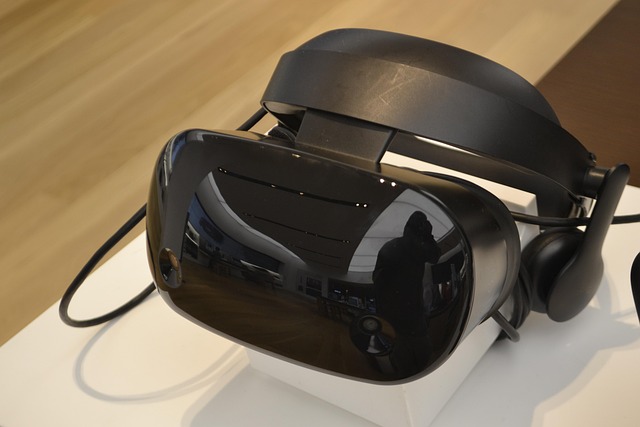In recent years, the gaming industry has seen an explosion of innovation, allowing gamers to immerse themselves in fantastical worlds that once existed only in our imaginations. With the rise of virtual reality (VR), augmented reality (AR), and the expansive concept of the metaverse, the experiences have transcended traditional gameplay. Central to this evolution is haptic feedback, a technology that provides tactile sensations to enhance our connection with these virtual spaces.
Imagine strapping on a VR headset and stepping into a world where you can feel the rush of wind against your skin, the vibrations of a roaring engine, or even the subtle touch of a virtual object brushing against you. The use of haptic feedback elevates the gaming experience by engaging our sense of touch. It creates a multi-dimensional reality where every action is reflected through physical sensations, amplifying the narratives that unfold around us.
The integration of haptic technology in VR games allows players to experience the thrill of combat in a way that is visceral and immediate. For example, when a character takes damage, the feedback can mimic the feeling of impact, provoking a reflexive response. This sense of realism can heighten the emotional stakes of the game, transforming a simple encounter into an adrenaline-fueled showdown where survival feels all too real.
In the realm of augmented reality, haptic feedback takes on a different form. As digital elements overlay our physical environment, haptic devices can simulate interactions that blend seamlessly into our reality. For instance, when playing an AR game, you might reach for an object that isn’t physically there, yet the haptic response makes it feel tangible. This synergy between the virtual and real world is what makes AR so captivating; it allows players to engage with digital characters and environments as if they were part of their everyday lives.
The concept of the metaverse, a virtual universe encompassing multiple interactive digital spaces, further emphasizes the importance of haptic feedback. As gamers navigate through bustling cityscapes or tranquil landscapes, tactile interactions will be crucial in making avatars feel alive. Imagine attending a concert in the metaverse and feeling the bass reverberate through your body, or participating in a pivotal quest and receiving physical cues that guide your next actions. This level of engagement fosters communities that feel more connected, as players share not just visual experiences, but physical ones too.
The road ahead is undoubtedly exciting. With advancements in wearable technology, we are inching closer to a reality where haptic feedback will be second nature to our gaming experiences. Companies are continuously investing in R&D to enhance this essential aspect of virtual engagement, making future games even more immersive.
As we continue to explore the possibilities of gaming within the expansive realms of VR, AR, and the metaverse, one thing is clear: haptic feedback will play a pivotal role in shaping how we interact with these intricate worlds. The tactile sensations that accompany our adventures will not just be an added feature; they will be at the heart of our connections, bringing us closer to the digital worlds we’ve dreamed of exploring for so long.




